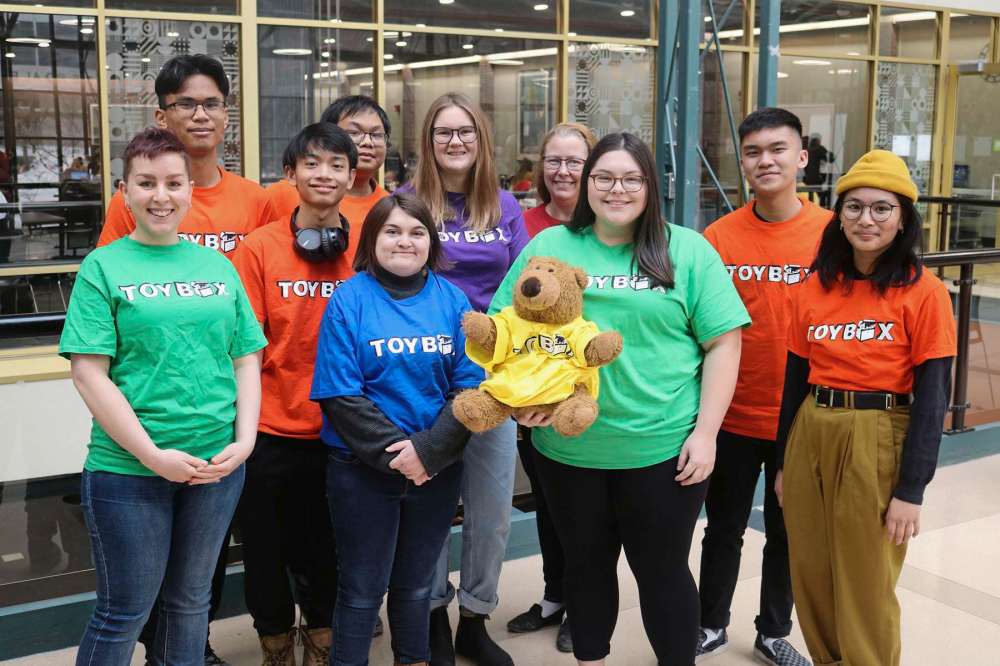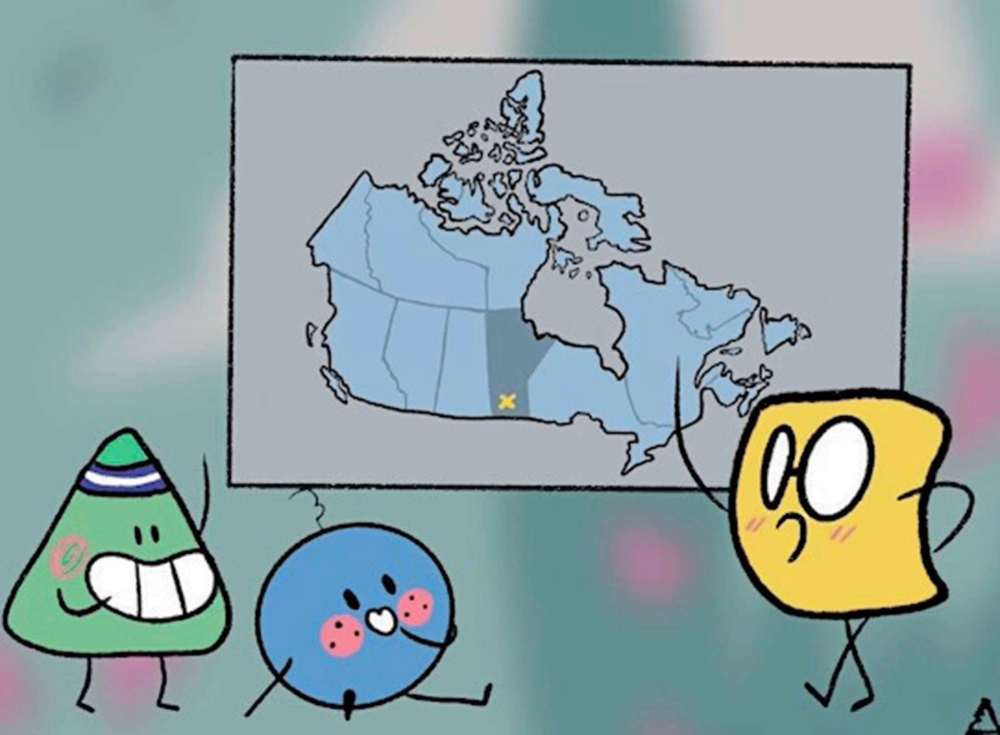Students collaborate to build grassroots learning tool
Advertisement
Hey there, time traveller!
This article was published 29/06/2020 (1983 days ago), so information in it may no longer be current.
For months, students from Maples Met School and Sisler High School have been working with a University of Winnipeg team to develop a digital educational program for children and parents.
ToyBox is a learning tool that provides strategies and activities for children ages two to eight, to improve their numeracy, literacy, and wellness skills. The project is led by Sheri-Lynn Skwarchuk, a professor in the faculty of education at the U of W.
“Because of my research background I found I had a lot of parents asking me, ‘What can we do to make sure our children are ready for school?’ And so I had a lot of ideas but not really a way to get them across to parents,” Skwarchuk said.

After the project was declined for government funding in 2018, Skwarchuk researched alternative avenues to take. She enlisted the help of Maples Met students to design graphics to compliment the strategies, and Sisler students agreed to develop the phone app.
“I think because we didn’t get the funding we wanted we weren’t able to hire a professional app designer and so it made our project more grassroots,” Skwarchuk said.
Maples Met students participated to fulfil the school’s internship requirement, while Sisler students used the opportunity to complete their passion project assignments.
After imagining what kind of illustrations the team wanted for ToyBox, they settled on three characters: a circle to represent numeracy, a square for literacy, and a triangle to symbolize wellness — all drawn with animated faces. The characters are meant to provide familiarity to users as they navigate the program, said the Maples Met team leader Brian Guevarra.
“We decided we wanted to have a simple art style so it’s easy for people to understand the strategies,” Guevarra said.
The illustrations will be used in the app, which is still being developed. Skwarchuk said she hopes the official app will be ready in December.
So far there are approximately 270 strategies for the three subjects, with beginner, intermediate, and experienced difficulty levels.
Jose Lorenzo Ortiz is the leader for the Sisler team and in charge of the app’s appearance.
“We had to implement a sort of progression system. One of the ways that we showed that is by having a road map that displays which strategies are completed by each child,” he said.
Ortiz said he was inspired by his mom, who runs a daycare, to pursue ToyBox for his passion project.
“I’ve seen how the little kids study … When Sheri-Lynn approached us about this project she told us she wanted to help these little kids get prepared for when they finally come to school, and that’s sort of appealing to me — just trying to raise the standard of education in Manitoba,” Ortiz said.

According to Skwarchuk, it’s difficult to compare Manitoba’s numeracy and literacy scores to those in other provinces because education systems vary across Canada. In Ontario, for instance, school starts at four years old. Also, unlike some other provinces, the majority of Manitoba kindergarten programs run half-days.
Skwarchuk said kindergarten students who have low scores tend to have low scores in Grade 5 as well.
“It’s very hard for them to catch up, so it’s best to catch kids up now when they’re young, when their brains are malleable and they’re open to all kinds of learning possibilities,” she said.
Most of the students will continue working on the ToyBox project throughout summer and into the new school year.
Lyn Dalit is graduating from Sisler this year and will study education at the U of W this fall. She said contributing to ToyBox improved her research abilities, which will help when she moves on to university.
“I’m passionate about finding ways to make education a little bit smoother for younger students. I’m really in to the whole literacy and numeracy thing, and I’m just glad I could be a part of the team to help.”
People who want to get involved with the project, or parents who want to access the strategies, can email toybox@uwinnipeg.ca




